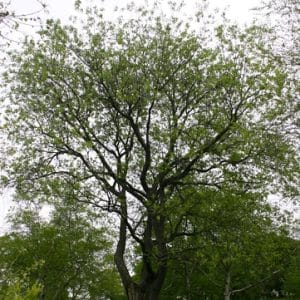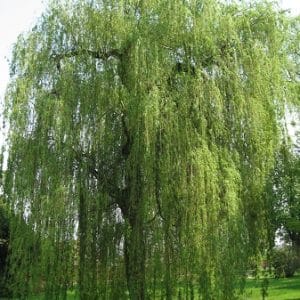Indigenous to North America, this small palm tree can be found growing in sand dunes along the Atlantic and Caribbean coasts from South Carolina to Texas, where it forms scrub for hundreds of miles along the coastline from Georgia to Florida. Rarely more than a few feet high, the plants are not impressive, but their fan-shaped leaves do form a dense brush making it almost impossible to pass through them. The tree produces long, sword-like fans of yellow-green leaves and ivory flowers. The purplish-black berries, which have a nutty, vanilla flavour, form in the center of the leaf fans and are harvested when ripe in the fall. These berries are similar to olives in their size and shape, with each containing one pale brown seed. The seeds are removed and the berry is dried.
The plant was first considered a nuisance and cleared from the land. Then settlers began to notice that their animals would lean over the fences to get at the black fruit. These animals were healthier than the ones who did not eat the berries, which prompted farmers to gather the plant and feed it to their animals, and then eat it themselves. The rest is history.
It was through Native American tribes, especially the Seminole Indians, that the healing aspects of the plant first came into recognition for what it is used for today. The Seminoles ground the berries into a nutritious flour. They also made an infusion from the berries to cure stomachaches and dysentery. The inner bark of the trunk was used as a packing on snake bites, insect bites, and skin ulcers. The dried fruits were useful for indigestion, respiratory infections, and cararrhal irritations. They, and several other tribes, utilized various parts of the plant to make baskets, brooms, and ropes.
It was included in the US National Formulary until 1950, when it was dropped because conventional physicians were not convinced of its effectiveness. Nevertheless, its popularity continued in Europe and has since regained its proper respect with a new breed of American physician.
Historically, Native Americans used saw palmetto for such urinary tract disorders as bladder inflammation and infection, as well as a diuretic. It was also used for respiratory diseases and reproductive tract disorders although it is mainly used for the prostate.
Since the 19th century, the fruit pulp has been used as a tonic for debility, urinary tract problems, and for reducing enlarge prostate glands.
The root doctors of the Louisiana bayou used the berries to treat syphilis and other infectious diseases.
Key Actions
Key Components




